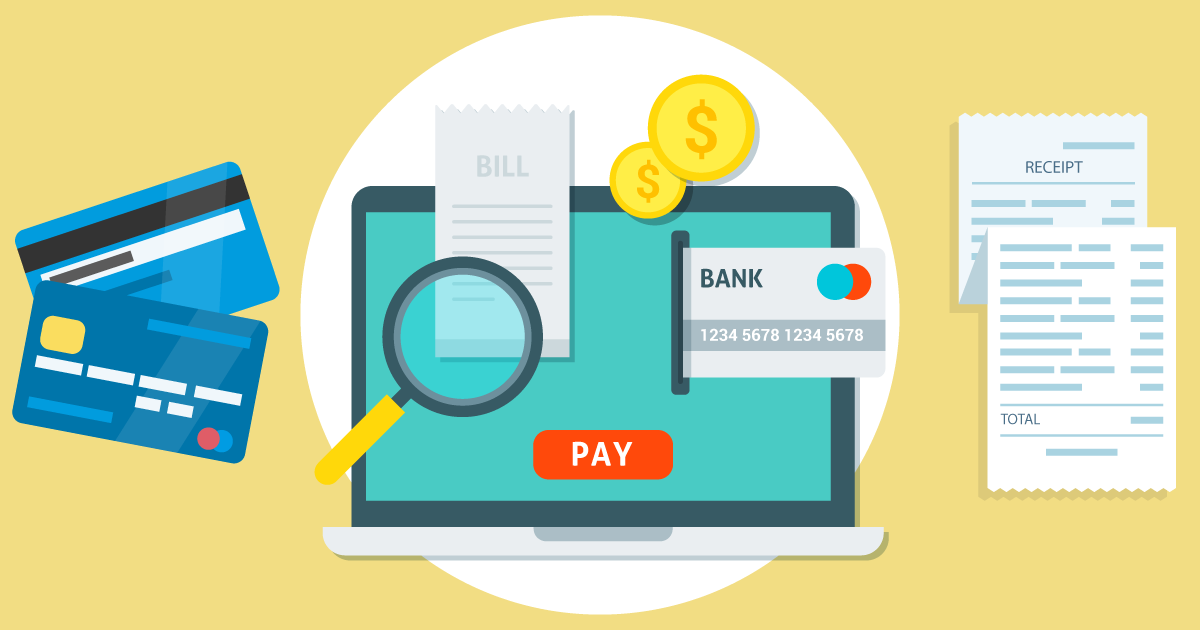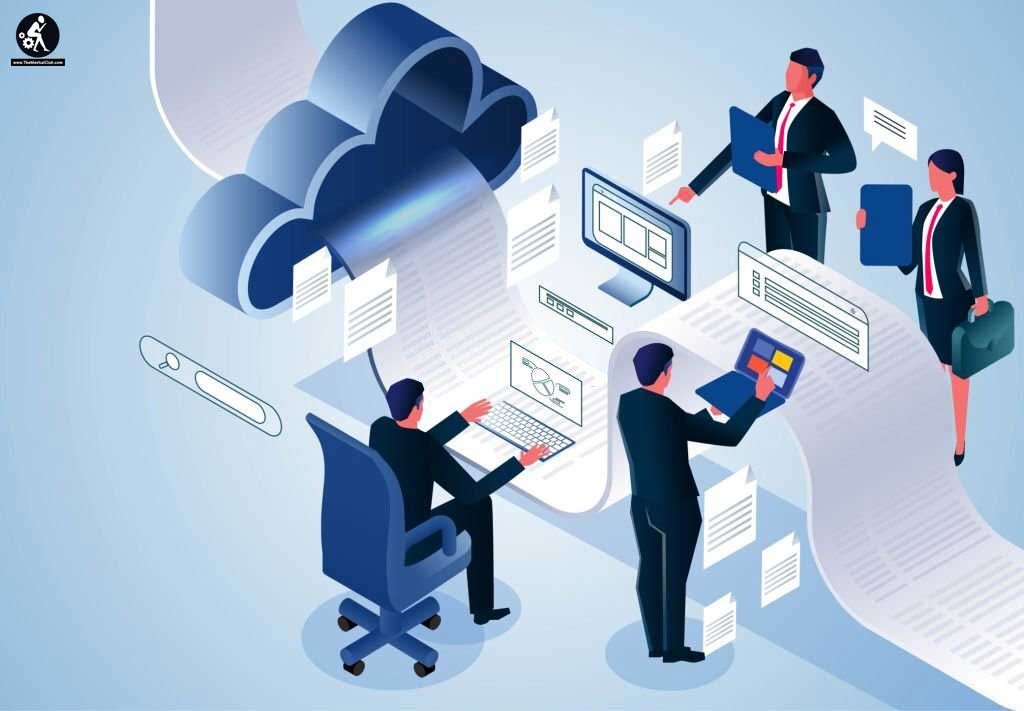Did you know that businesses that use metered billing often boost their revenue by 50%? Keeping this reality in mind, this blog delves into the practice of the metered billing model, its primary benefits, its most common drawbacks, and most importantly, the kind of industries whose businesses gain the most from it. Continue reading to learn more about how metered billing may give flexibility and cost savings to your business while fulfilling the different demands of your consumers.
What is Metered Billing?
Metered billing is a pricing strategy used by businesses, notably in the Software as a Service (SaaS) industry, to charge clients based on their actual consumption of a product or service. Instead of a fixed subscription cost, clients are invoiced for the exact resources or services they used during a given billing period.

A robust metered billing software is able to monitor consumption using predetermined units such as data volume, the number of API calls, active users, storage space, or any other relevant parameter that measures service utilization. The service provider tracks and records consumption statistics, and at the conclusion of the billing cycle, the client is paid for the precise amount of resources used.
What Are the Benefits of Metered Billing?
Metered billing in SaaS has a number of advantages for both SaaS providers and their clients. The following are some of the primary benefits of implementing metered billing that your business is most likely going to reap the rewards from, regardless of its scale or type of service:
1. Cost Efficiency
Customers benefit from metered billing since they only pay for the resources or capabilities they utilize, making it a cost-effective solution. This is especially useful for firms with varied consumption patterns, as it prevents them from overpaying for underutilized resources.
2. Flexible Pricing
Metered billing enables SaaS companies to give their clients more flexible and configurable pricing alternatives. It allows businesses to adapt their pricing plans to fit the particular demands of individual clients or to efficiently target distinct market segments.
3. Scalability
Metered billing allows consumers to quickly adjust their consumption up or down based on their needs. This scalability enables organizations to expand without having to worry about fixed expenses or resource constraints.
4. Transparency
Metered billing gives clients transparency since they can see the exact breakdown of their consumption and the associated expenses. This kind of openness develops trust and stronger connections between the SaaS provider and its clients.
5. Incentivization for Efficient Use
Metered billing incentivizes users to use resources effectively since they only pay for what they use. This can lead to more conscientious resource use decisions, boosting optimization and cost savings.
What are the drawbacks of metered billing?

While metered billing has many advantages, it also has some drawbacks. The following are some of the potential shortcomings of utilizing metered billing:
1. Difficult to Understand
Metered billing might be more difficult for customers to grasp, particularly those who are used to fixed pricing schemes. For firms with unpredictable needs or complicated usage patterns, calculating utilization and keeping track of expenditures can be difficult.
2. Unpredictable rates
Customers that use metered billing may find it difficult to forecast their monthly spending because rates change dependent on consumption. Businesses may find budgeting and financial planning more challenging as a result of this uncertainty.
3. Cost Overruns
Customers who are not vigilant in monitoring their consumption may unknowingly surpass their estimated expenditures, resulting in unanticipated fees. This might lead to discontent. In the long run, and if not managed properly, this could result in increasing levels of customer dissatisfaction that could, eventually, sour the customer away from your business.
For which verticals does metered billing make sense?

Metered billing in the Software as a Service (SaaS) market makes sense for businesses with varied/unexpected consumption patterns, as well as those who wish to give their customers different price alternatives. It is ideal for SaaS companies that offer services with resource-based consumption or usage-based features. Therefore, metered billing is an appropriate pricing mechanism for the following sorts of SaaS businesses:
- Cloud Infrastructure and Hosting Services
Metered billing might benefit SaaS suppliers who supply cloud computing resources such as virtual machines, storage, or bandwidth. Customers are charged based on the actual resources used, allowing them to expand their infrastructure to meet their demands.
- API-driven Services
Companies that offer APIs (Application Programming Interfaces) that allow developers to access certain features such as sending emails or processing payments might implement metered charging depending on the amount of API calls or data transactions performed by their clients.
- Communication and Collaboration Tools
Metered billing can be used by SaaS companies delivering communication and collaboration tools, such as video conferencing, messaging, or file-sharing services, to charge clients depending on the number of active users or data storage space consumed.
- Data Analytics and Business Intelligence
SaaS platforms that offer data analysis and business intelligence tools might use metered charging depending on the volume of data processed or the number of reports created by users.
Conclusion
Metered billing is especially beneficial for startups and small enterprises who wish to reduce upfront expenses and just pay for the services they use. It also helps organizations with changing demand, seasonal spikes, or growth periods where consumption varies greatly. Furthermore, metered billing has the potential to attract new consumers who prefer a pay-as-you-go approach and appreciate the transparency of being paid based on actual consumption.
Businesses adopting metered billing, therefore, should carefully examine their client base, usage patterns, and price structure to ensure that it corresponds with their entire company plan and provides a win-win scenario for both the business/merchant and the end consumer.


































